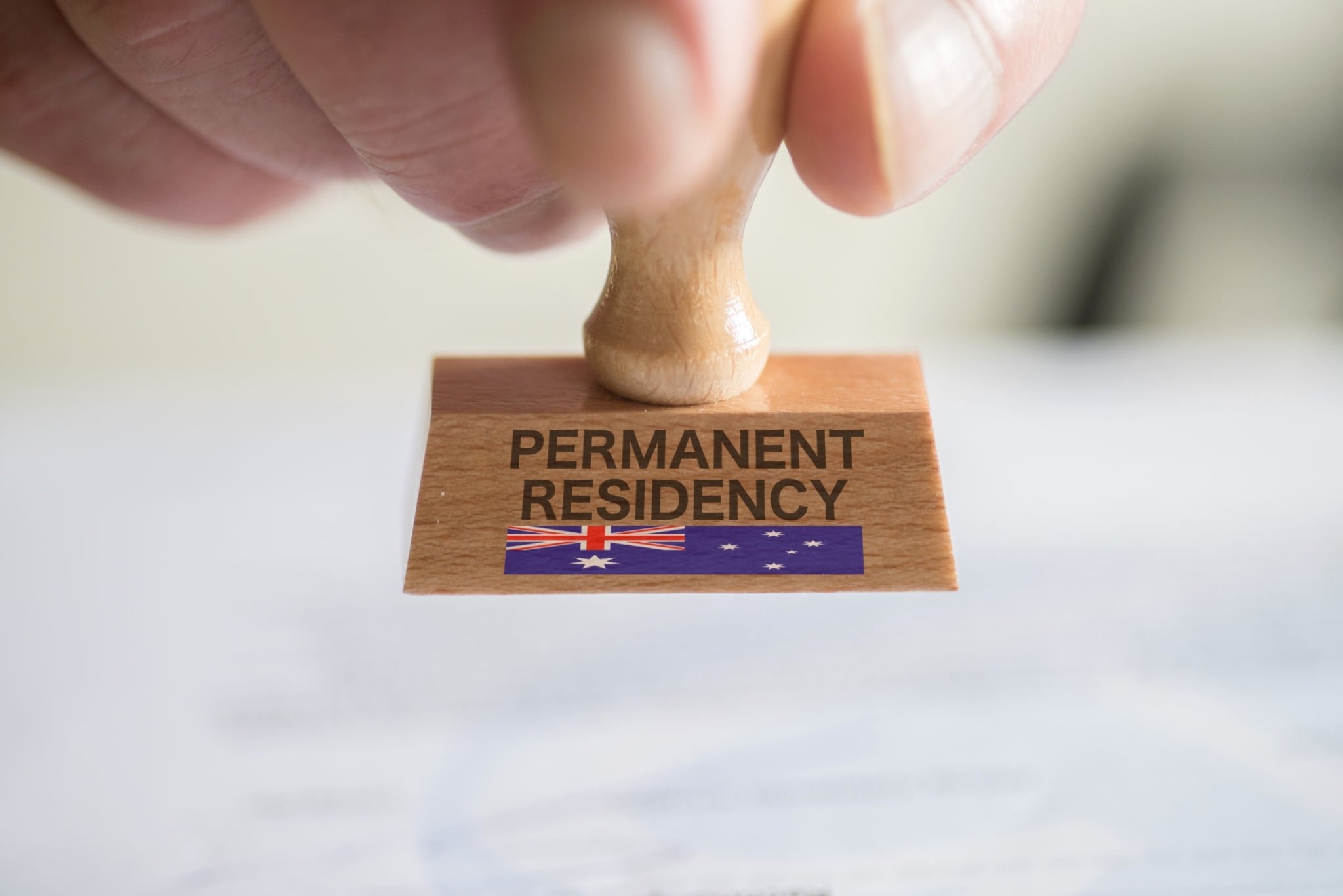It is well-known that working in Canada isn’t easy in case you aren’t sure where to begin. Do you require a work permit? Or don’t you? If yes, what kind of permit do you need? What are the most effective Canadian job websites? What can you do to update your resume to be in line with Canadian standards? This blog will guide you through the six most crucial steps to think about when applying for positions in Canada.
In addition, read our detailed guide to getting the top work opportunities available across Canada! We will discuss the LMIA exemption for jobs as well as how to network with ease!
Where to Start
Are you interested in knowing exactly how to land an employment opportunity in Canada? Say no more. Here are the six steps to fill out an application for jobs in Canada:
- Step 1: Do You Need a Work Permit?
- Step 2. Update your CV.
- Step 3: Choose Which Companies You Want to Apply for
- Step 4: Follow Up on Your Applications
- Step 5: Get to Work on Networking
- Step 6: Make Sure Your Qualifications are Accredite
Step 1 : – Do You Need a Work Permit
It could be a shock to people, but not every job in Canada requires authorization to work. Some jobs are exempt from work permit requirements If you’d like to check if your profession is included, you can look up the list of jobs in Canada that don’t require the Work Permit.
You don’t see your position listed on the list? Don’t worry. You can apply for an employment permit in Canada by utilizing an application to the temporary foreign worker program (TFWP) as well as the International Mobility Program (IMP). Work permits granted under the TFWP are not open, which means that you can only be employed by an employer in Canada with a Labour Market Impact Assessment (LMIA). Work permits issued under the IMP are either closed or open, however employers do not have to obtain an LMIA for you to be hired. Examples of work permits open to work include such as the Working Holiday Visa and the Post-Graduate Work Permit.
Find out if you require an LMIA to apply for Work Permits within Canada.
Step 2: Make sure you update your CV
We all know this is a serious problem and a lot of us have been in the habit of having to update our CVs frequently.
It’s time to dust off your writing skills and start working. Check that your current position is included on your resume. Additionally, ensure that you have other employees whom you could ask to be a reliable references. Make sure you include their contact information as well as their job title in the company as well.
Certain online CVs, such as the ones found on LinkedIn let others provide a recommendation for your resume, so be sure you have all the positive information on your CV before when you begin your job search.
We’ve outlined the steps to writing the perfect resume for work within Canada for you to give you the inside information about what Canadian employers are looking for in your CV.
Step 3 – Choose Which Companies You Want to Apply for
We’re all guilty of applying to many jobs with the same cover letter, and posting our CVs on every job site we can find. This is not a good idea.
Send unique cover letters to every company, highlighting the information they provided in their original job posting. If you have experience with specific programs, skills, or work experience, be sure to include this information to make your application make an impression.
Don’t be proud, and stick to the facts about your work. If you can provide numbers such as “I increased the sales by 27% within my business,” then do so. It is essential to be truthful and we all are aware of how easy it is to exaggerate just a little.
Don’t Apply to Every Job Posting
Choose carefully which applications you submit because some employers will probably communicate with each other regarding your application, only to discover that you copied and pasted the same cover letter every time. This is not the impression of a professional.
Additionally, many companies employ recruiters to identify the most suitable applicants. If your application has been coming up for two months or more it is possible that recruiters will not be interested in your application since there might be a reason why you haven’t been able to get the job you’ve been looking for.
Many fantastic job portals can be used to find job opportunities in Canada Here are some of the most popular ones that you can post your resume on.
General Job Listing Websites in Canada
Canada Job Bank is a fantastic all-purpose job site and an extremely popular job search site around.
EJobbo matches your abilities and experience with job ads in Canada
Career Builder is a job site that will keep you informed with the most current job openings
Eluta can be a different helpful company that will show the top 100 employers in Canada.
Monster provides excellent career guidance and expert advice to assist you in finding the perfect job
Simply hired provides part-time and full-time job openings.
Indeed is a global business that caters to industries of all sizes and shapes
Workopolis was in existence for over 15 years helping businesses of all sizes, both small and large locate the ideal candidates
Wow, Jobs can post up to 100,000 jobs in a single day, providing you with the opportunity to choose the best one for you.
Step 4 – Follow Up on Your Applications
It’s been one week since you submitted your application for the job? Do you want to contact the company to follow up on your application? This will show that you’re interested and enthusiastic about getting the job. This can help you distinguish your application from those of others.
Similar to interviews. If a company contacts you regarding confirming an interview, be sure you respond by sending a “thank for the opportunity” email. A touch of politeness goes far.
If you have encountered someone who did their best to assist you with your application, for example, an agent, don’t hesitate to contact them to express gratitude. It’s never too early to know that could be the key for you to have some amazing job opportunities in Canada available to you.
Step 5 – Get to Work on Networking
This is a great opportunity to promote your brand in the public eye. It is possible to network in professional settings, such as career fairs and job fairs. These are also the best way to connect with people working in your field.
Volunteering in Canada could be the perfect answer to being noticed. You will not only gain valuable Canadian work experience, but you will also be able to get close to industry leaders to increase your visibility if you decide to move up to a full-time, paid job.
Canada offers a variety of assistance with jobs to aid you in making the necessary connections when you’re a newcomer. These are services for new arrivals and are provided by virtually every province and territory across Canada.
Step 6 – Make Sure Your Qualifications are Accredited
Different jobs (nursing or education), as well as the trades (engineering) across Canada, are controlled to ensure the safety and health of the general public. If you want to engage in a job that is regulated you might need to register with the regulatory agency within the province or the territory (see below for more details).).
Additionally, you have to show that your academic qualifications meet Canadian standards, particularly when you’re applying for jobs in which postsecondary education is a prerequisite. It is possible to have your credentials recognized through the Educational Credential Assessment from a third party that is independent like The World Educations Assessment (WES). The document is priced at around $200 and takes around 10 days to be processed.
Do All Jobs in Canada Need an ECA?
There are a few jobs in Canada that don’t require an ECA or an alternative form of certification. This is the case for:
- Teachers;
- Medical specialists;
- Social workers as well as
- Physiotherapists
The occupations that require it will have to submit to regulatory bodies to request further training or exams that can be expensive and lengthy. Sometimes, they may even have a six-month waiting period so be sure to incorporate this into your immigration schedule.
There are also specific skilled trades that require an additional certificate but this is different from province to province, so make sure you research your area of preference before proceeding with your paperwork.
Start Your Application Today
That’s it! Follow these steps and you’ll be well on the road to finding amazing work opportunities within Canada! Are you ready to begin the process of applying and find out which visa program you be eligible for? We can help. The team comprised of licensed Canadian Immigration Consultants (RCICs) is available to answer any questions regarding immigration that you might be facing. We’ll not only make sure that all documents have been reviewed and verified, but we also provide all forms and other documentation in the hands of Canada’s Canadian authorities on your behalf. Fill out our contact form and we’ll call you to discuss your options for immigration.



